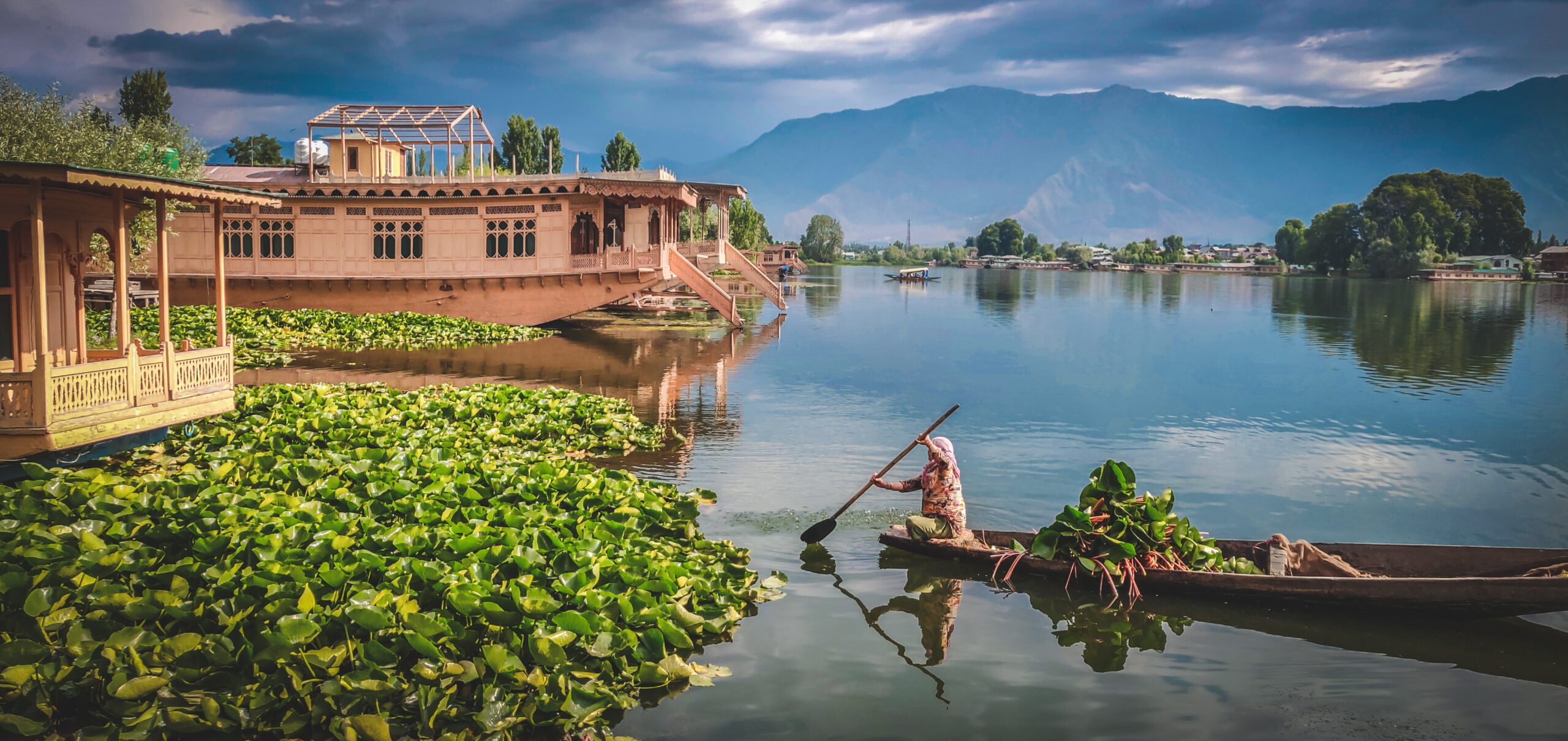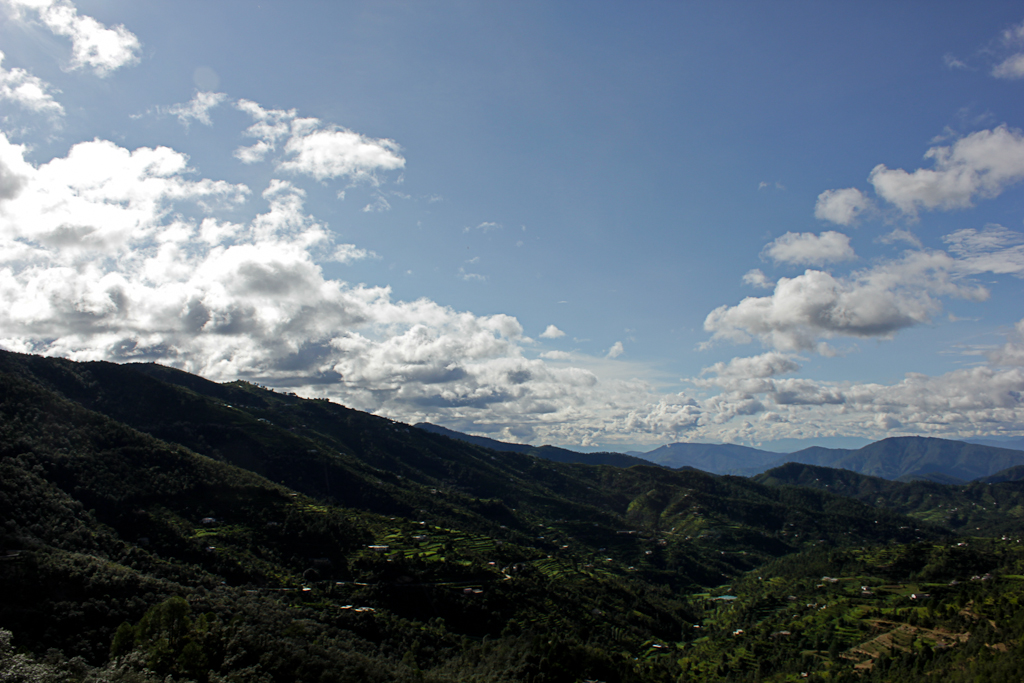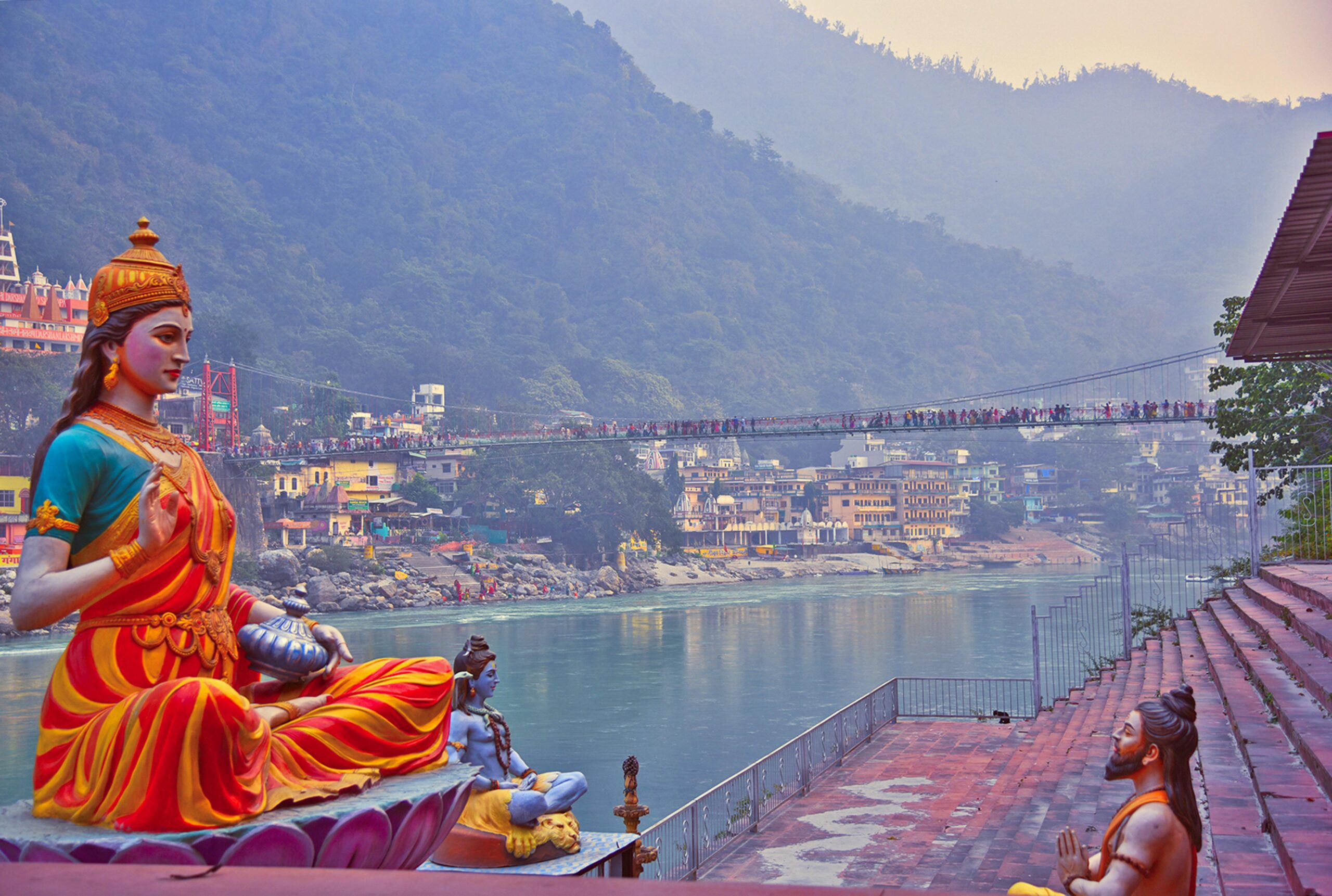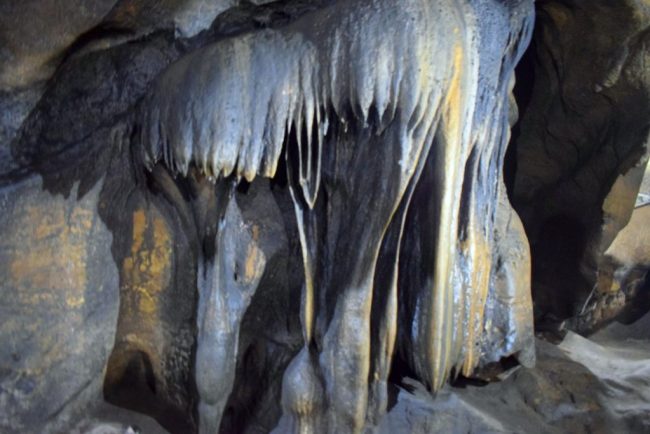Table of Contents
Overview of Srinagar
Srinagar has always had a sizable tourism industry thanks to its location between crystal-clear lakes and steep wooded slopes. The Jhelum River is crossed by a number of wooden bridges as it flows through the city, and other nearby canals and waterways are filled with shikara, the Kashmiri gondolas. Srinagar, also known as the Venice of the East and the City of Lakes, has been enthralling visitors for centuries with its stunning Himalayan background, sparkling lakes ringed by houseboats and Shikaras, and the magnificence of Mughal architecture. A strange appeal is added to the picture by the dwellings’ disorganized placement and dilapidated look. It offers a unique way of life that includes the adventurous joys of hiking, mountain biking, and rafting while offering a panoramic fairy-tale journey through the snow-capped mountains and Chinar trees. The city is renowned for its dried fruits and traditional Kashmiri handicrafts. In addition, Srinagar is well-known for its dried fruits (almonds and walnuts) from the Lal Chowk Market, Kashmiri shawls, and Kashmiri apples.
History of Srinagar
The Mauryan empire-controlled Srinagar until around the fourteenth century, and it was emperor Ashoka who brought Buddhism to the Kashmir valley. This area is said to have been governed by the Kushans in the first century, who did so from their strongholds in Pakistan and Afghanistan. Even King Vikramaditya of Ujjain held power in this region before handing it up to the nomadic Hun tribe in the sixth century. Mihirkula, a member of this tribe, was one of the city’s most frightened lords. After the 14th century, the city was governed by Muslim Kings and came under Mughal authority. During Yusuf Shah Chak’s reign, this city was designated as the capital. Yusuf Shah Chak was later fooled to death by Akbar, who established his authority over the city after Yusuf Shah Chak’s downfall.
Maharaja Ranjit Singh reigned over Kashmir in 1814, the year the Sikhs established their authority. Up until the British Raj arrived in India, the Sikhs were in charge. In British India, Srinagar was regarded as a princely state up until the year 1947.
Geography of Srinagar
Srinagar, a city in northern India in the Kashmir region of the Indian subcontinent, serves as the summer capital of the Jammu and Kashmir union territory (Jammu serves as the winter capital). At a height of 5,200 feet (1,600 meters), the city is situated in the Kashmir Valley along the Jhelum River’s banks. Srinagar, is situated at a height of 1,730 meters above sea level in the Kashmir valley. The city, which straddles both banks of the Jhelum River, is renowned for its houseboats, gardens, and waterfronts.
Weather and Climatic Condition of Srinagar
Summer (March-June)
Undoubtedly, the months of March to June are the busiest for travelers because of the welcome and temperate weather. The temperature never drops below 10°C during the evenings, while the days are balmy and comfortable at 30°C.
Autumn/Monsoon Season (July-September)
In Srinagar, the change from summer to winter is remarkable. The area has little rain and average daily highs of 12°C to 15°C, making it the ideal place to explore Srinagar.
Winter (October-February)
Winters in Srinagar may be rather chilly. At its lowest, the temperature drops into the negatives, and there is also a lot of snowfall there. During the chilly winter months of October to February, the temperature drops 7°C to -3°C.
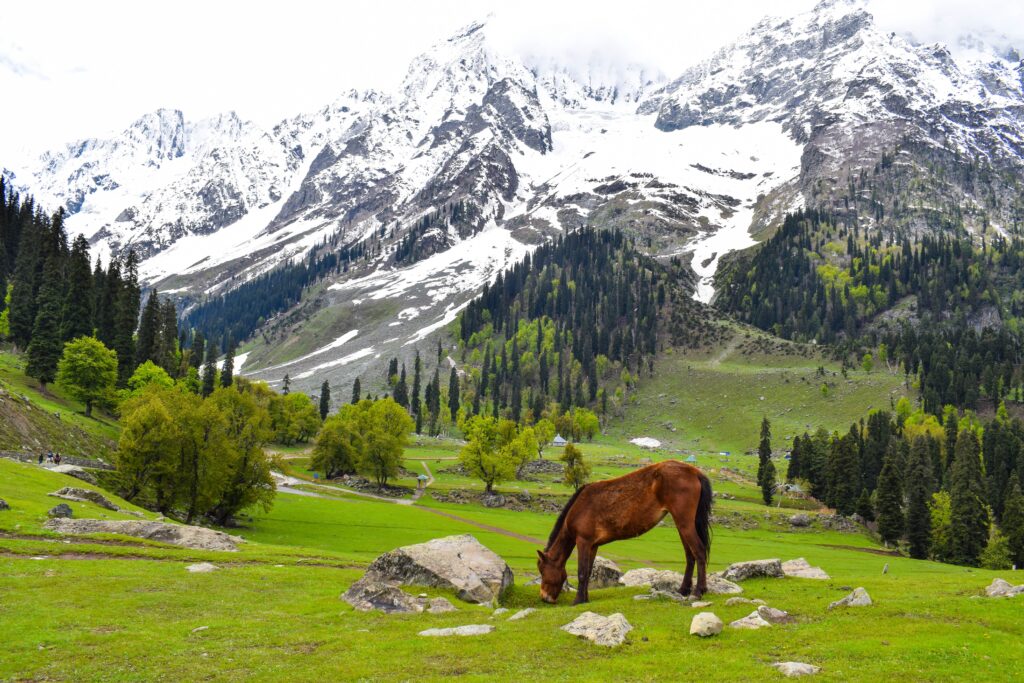
Places to Visit
Shankaracharya Mandir
This little Shiva temple is erected on the summit of densely wooded Shankaracharya Hill and is made of substantial chunks of aged grey stone. The Hindu teacher Adi Shankara visited this location around AD 750, and the area was formerly known as Takht-i-Sulaiman (Throne of Solomon). However, indications date the octagonal construction to the 5th century, and the site is considerably earlier.
Dal lake
Which is almost 15 Kilometer (km) in circumference and is Srinagar’s crowning glory, is a large body of water that reflects the houseboats’ carved wooden balconies and the misty peaks of the Pir Panjal mountains. Shikaras, which resemble gondolas and are brightly painted, are flotillas that float around the lake carrying people and goods to charming houseboats.
Wular Lake
India’s biggest freshwater lake by volume, draws tourists with its alluring beauty. The lake might astonish you with its abundance of birds because of its reputation. You may hire houseboats and dongas to cruise the moors.
Tulip garden
Also known as the Indira Gandhi Memorial Tulip Garden. It was formerly known as the Model Floriculture Center. With a total area of around 30 hectares, it is Asia’s largest tulip garden. It has a view of Dal Lake and is located at the base of the Zabarwan Range. The garden was established in 2007 with the intention of enhancing Kashmir Valley’s floriculture and tourism.
Hari Parbat Fort
Also known as Kooh-e-Maran, is located to the west of Dal Lake. A governor from Afghanistan named Atta Mohammed Khan constructed this Mughal building in the 18th century. Later, Emperor Akbar built a lengthy wall in 1590.
Chasme-Shahi
The smallest of the finely designed Mughal gardens, this Royal Spring is situated on the south-eastern edge of the Dal Lake. Shah Jahan enlarged it in 1632 after Jahangir first designed and built out the area. A calm spring is encircled by symmetrical hedges in the yard.
Pari Mahal
Also known as The Angels’ Abode, which lies south-west of Dal Lake and perched atop the Zabarwan mountain range overlooking Srinagar. Shah Jahan, the Mughal Emperor at the time, supported the arts throughout his rule, and the building shows this. The Pari Mahal was built by Mughal Prince Dara Shikoh in the mid-1600s.
Shalimar Bagh
Shalimar Gardens, the largest and most well-known of the Mughal gardens in Kashmir, were designed by Jahangir for Noor Jahan.
Sri Pratap Singh Museum
The impressive collection of handicrafts and archaeological items from all throughout the state makes Sri Pratap Singh Museum stand out. While the museum’s outside boasts of regal panache, its inside is filled with numerous historical items that have been acquired from Baltistan, Gilgit, and various locations around Kashmir.
Nearby Places
Dachigam National Park: Located 22 km from Srinagar
Gulmarg: 51 km
Pahalgam: 81 km
Anantnag: 58 km
Sonmarg: 79 km
Accommodation/Hotels
Houseboats (Shikara)
Vivanta Dal View
Opera Inn
The Lalit Grand Palace
Fortune Resort
How to Reach
By Air: Srinagar Airport, also known as Sheikh ul Alam Airport (IATA code SXR), is a world-class airport. With frequent flights from Srinagar to Delhi, Mumbai, and Chandigarh, this airport is well linked. The distance between the airport and the city center is about 15 km.
By Train: One must arrive at either Banihal railway station in order to get to Srinagar by train. You may rent cabs or taxis from the Srinagar Railway Station to go to this wonderful location.
By Road: Major cities like Delhi (876 km), Chandigarh (646 km), Leh (424 km), and Jammu (258 km) are well linked to the city. Both the bus and cab services are excellent.
Some Other Key Points About Srinagar
What is Srinagar renowned for?
The elevation of Srinagar’s capital city is 1,585 meters above sea level. The city is renowned for its lakes, houseboats, and gardens. Additionally, it is well-known for its dried fruits and traditional Kashmiri handicrafts. The city is situated on both banks of the Jhelum River, also known as Vyath in Kashmir.
Which season is ideal for travelling to Srinagar?
May to October
From May to October, when the weather is mild and ideal for tourism, is the finest time to visit Srinagar. Whether you decide to travel to Srinagar in the summer, fall, or winter, you will be awed by the incredible landscape and its pristine beauty.
What language is used in Srinagar?
The Srinagar Burushos are native speakers of Burushaski, Urdu, and Kashmiri. Although Burushaski is the main language used at home, Kashmiri and Urdu are also utilised, but to variable degrees depending on linguistic ability and social situation.
Where in Srinagar do visitors like to stay?
Tourists frequently choose Srinagar’s houseboats, which come in a range of price points from affordable to luxurious. Families that reside on the Dal Lake operate the majority of the houseboats, which provide spectacular views of the lake and the mountains.
How much does Srinagar tour cost?
Total Cost INR 14,600/– (With Flight)
Cost for 5 Nights Stay (per person)- Starting Point Delhi
Transport- INR 6,500/- including return
Hotel- INR 4,000/-
Food- INR 3,000/-
Other Things- INR 1,100/-
Thank you for visiting our website “Fact Houses” (facthouses.com)

